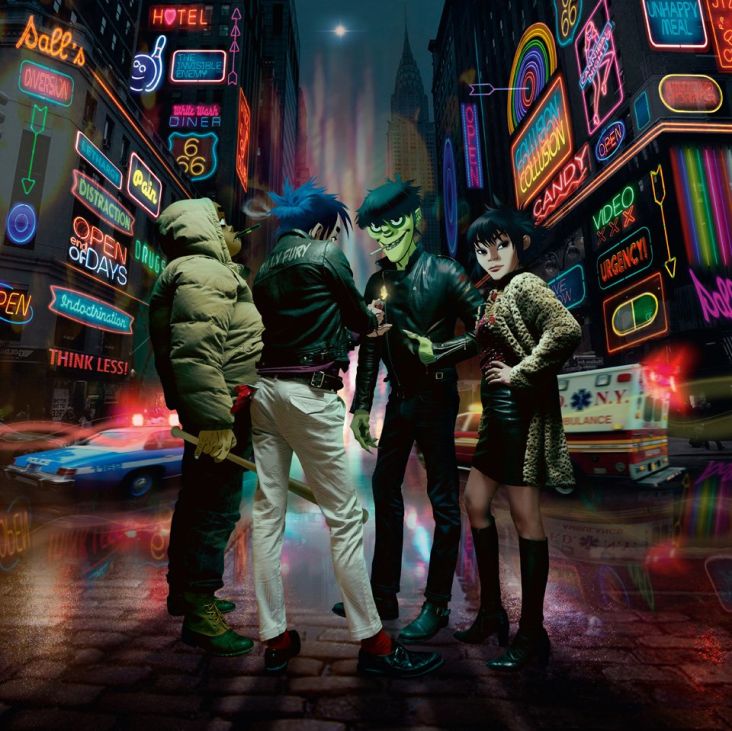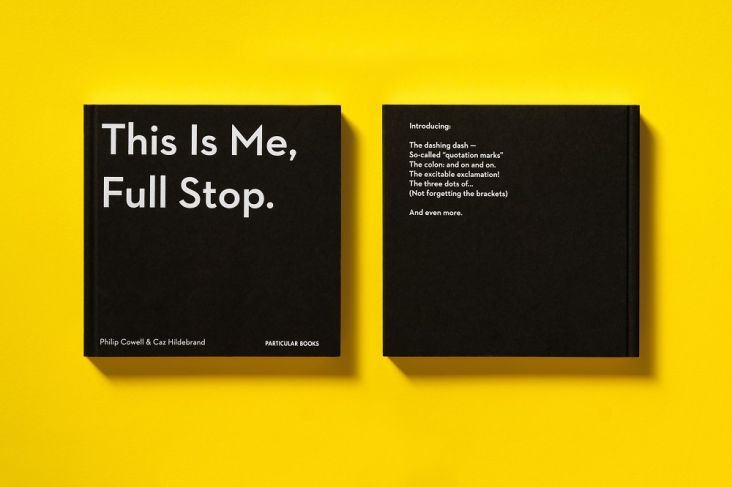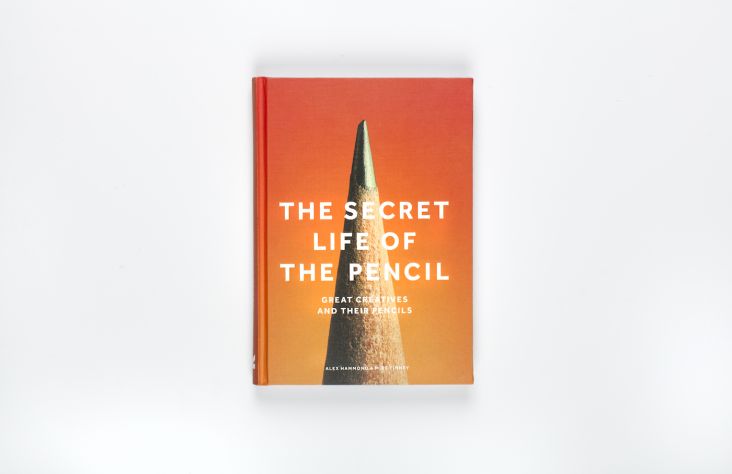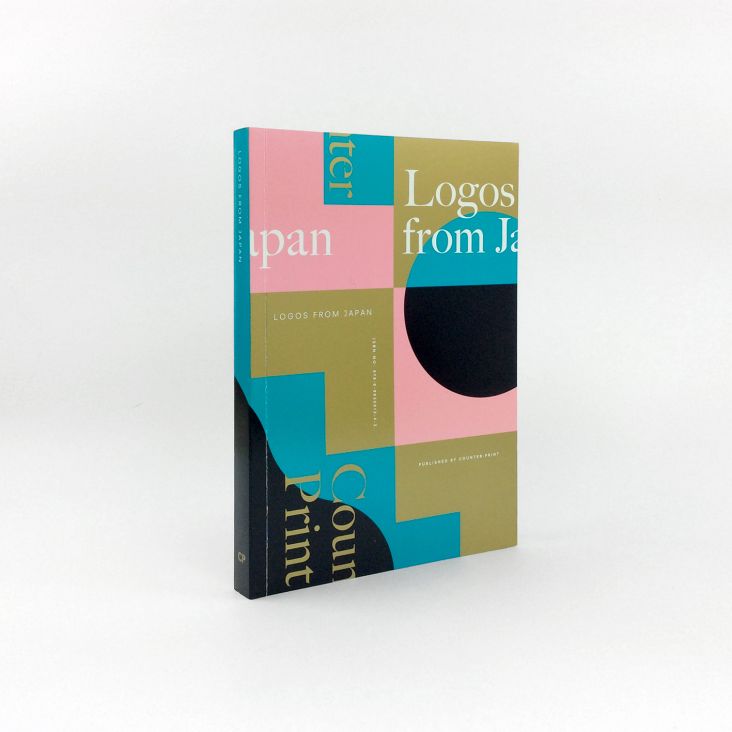The Illustrated Dust Jacket celebrates the history of the book jacket design
The Illustrated Dust Jacket, 1920-1970 is the first study of book jacket design through the prism of illustration. As the 'beautiful book' comes back into vogue, Martin Salisbury delves into the history of the illustrated book jacket, tracing its development across the 20th century through some of the most iconic, as well as many too long forgotten, designs of the era.
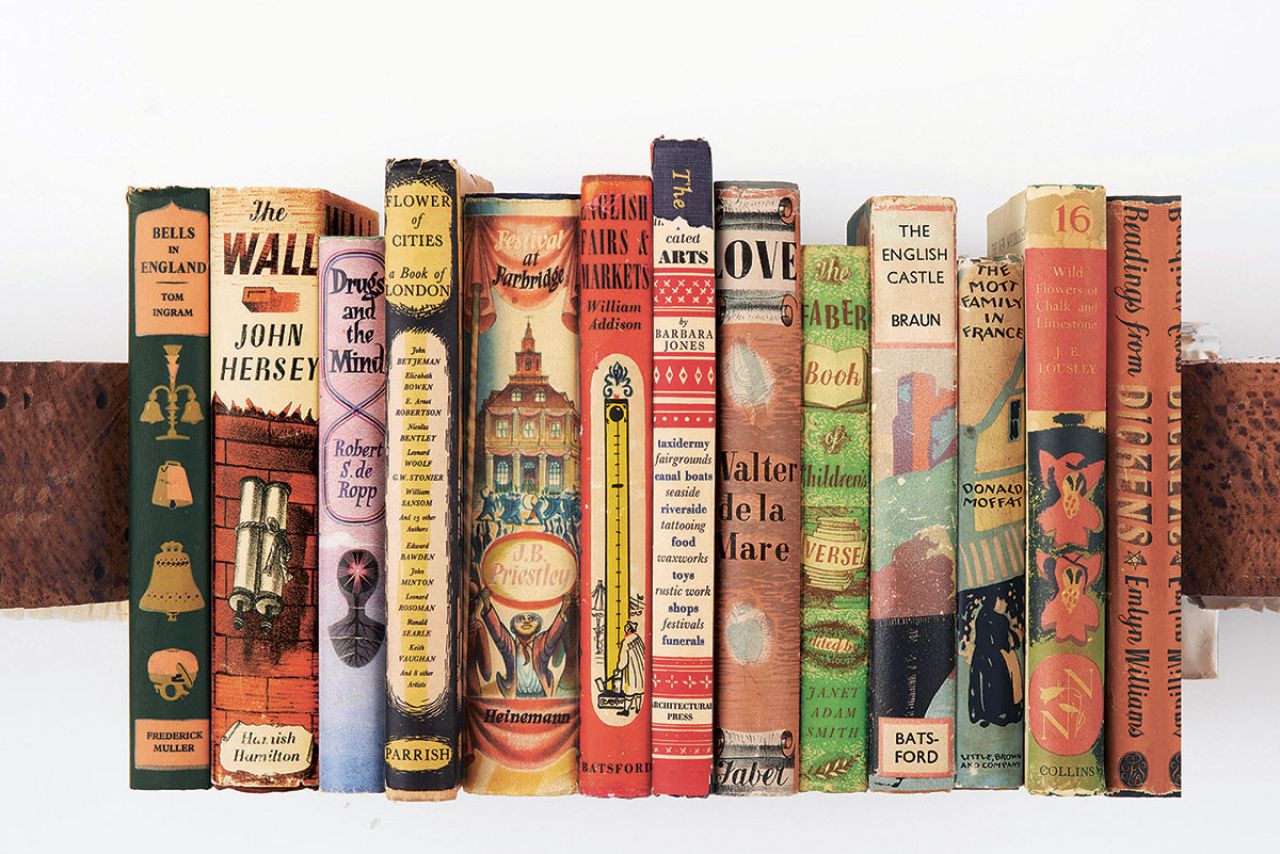
From the 1920s, as the potential for the book's protective wrapping to be used for promotion and enticement became clear, artists and illustrators on both side of the Atlantic rose to the challenges posed by format and subject matter and applied their talents to this particular art form.
Martin Salisbury has selected over 50 artists and illustrators who were active in the period 1920-1970 in the UK and USA, including John Piper, Edward Bawden, John Minton, Ben Shahn, Edward Arddizonne, Milton Glaser and Mervyn Peake, as well as others such as Tove Jansson and Celestino Piatti, and discusses their life and work.
A selection of dust jackets for each artist reveals how far the book as an artefact had travelled from the days of the plain wrapper in the nineteenth century. Available via Thames & Hudson, The Illustrated Dust Jackt, 1920-1970 costs £24.95.
Main image credit: Spines of Books, From the collection of Martin Salisbury. Photograph by Simon Pask
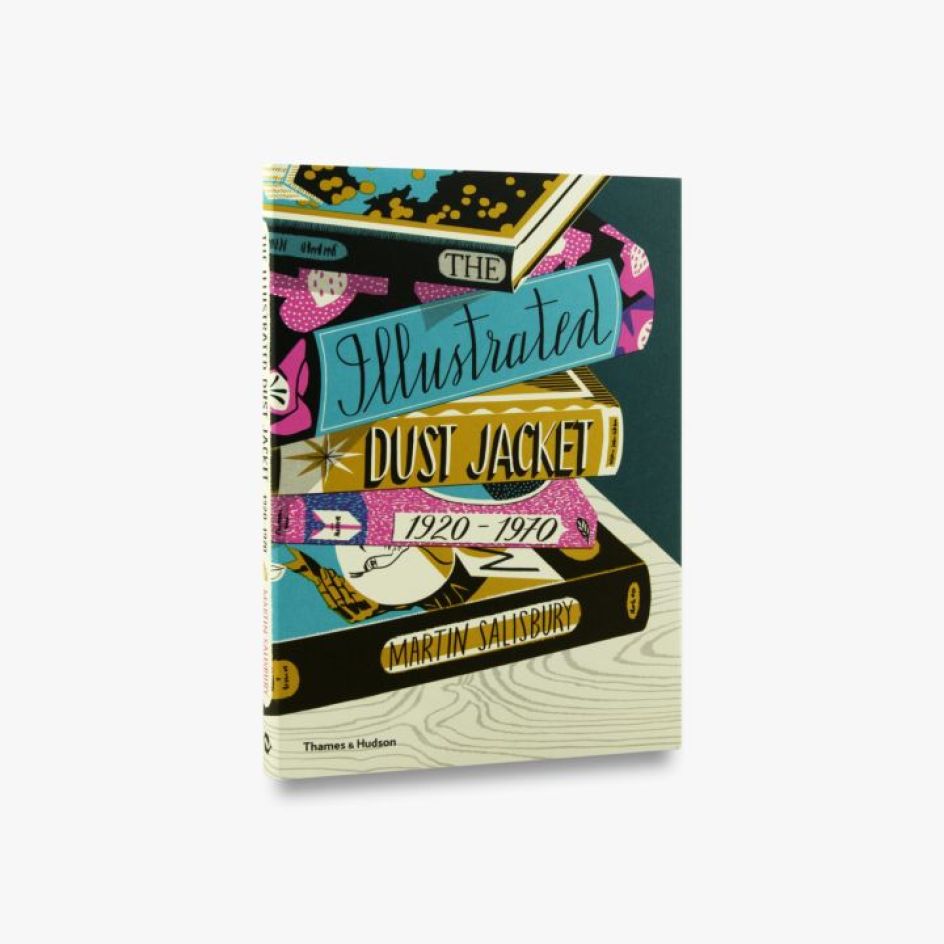
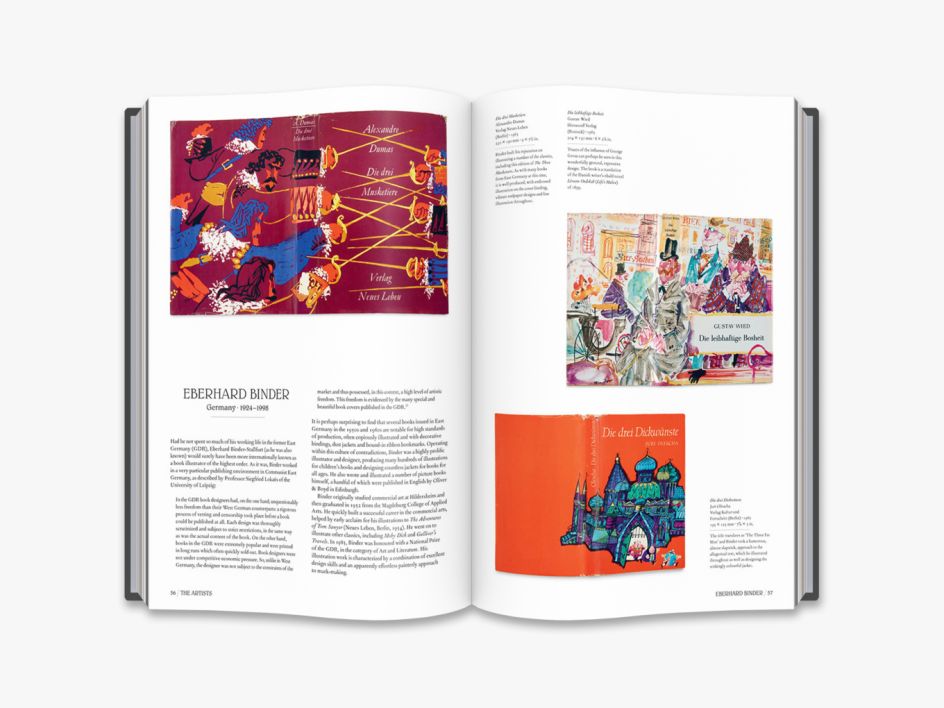
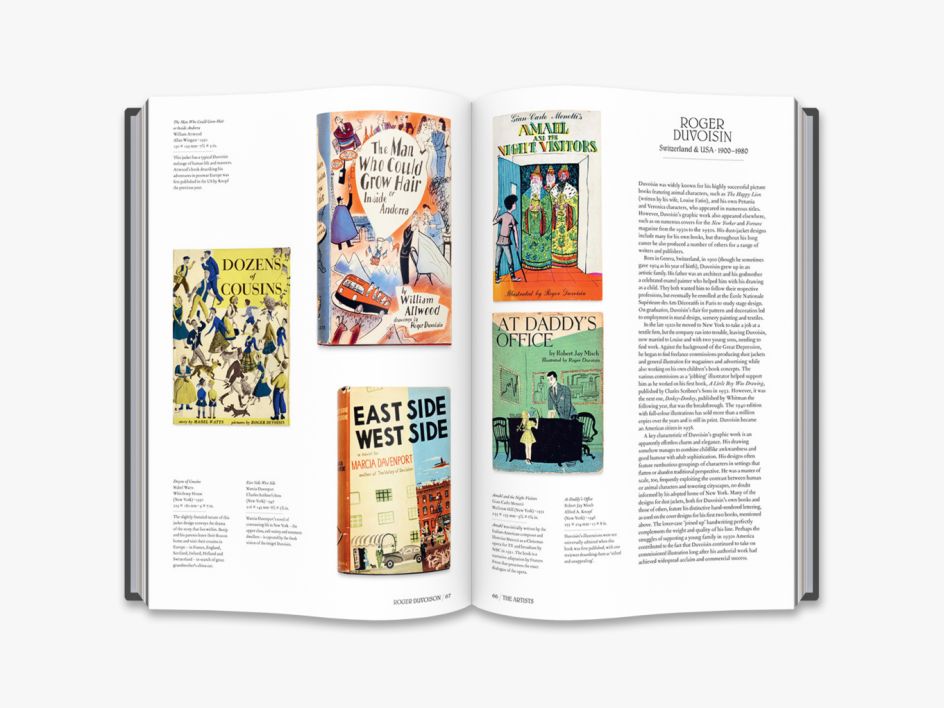
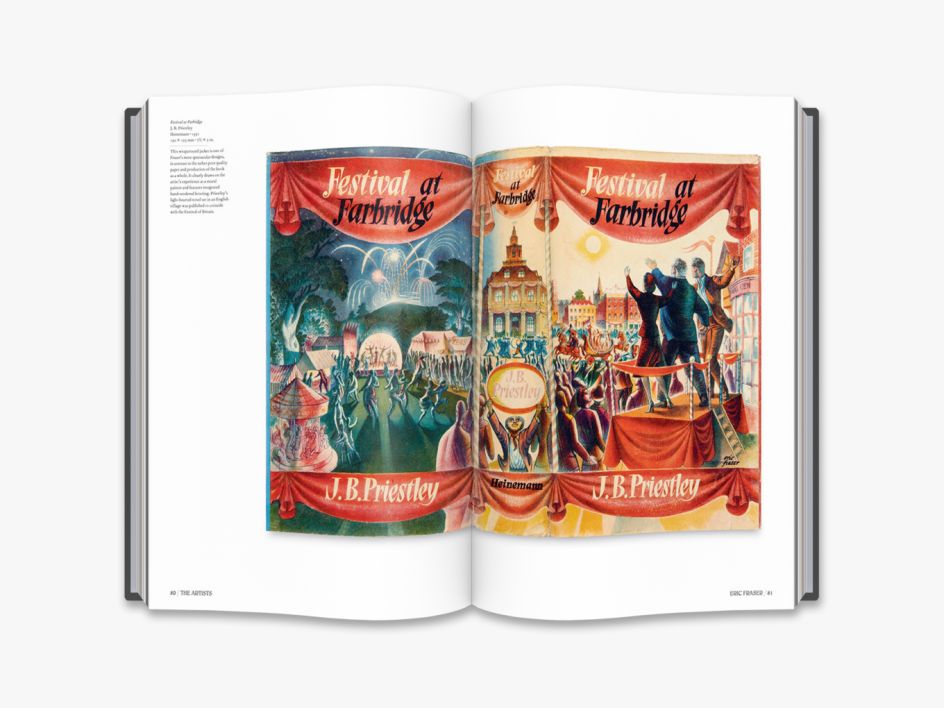
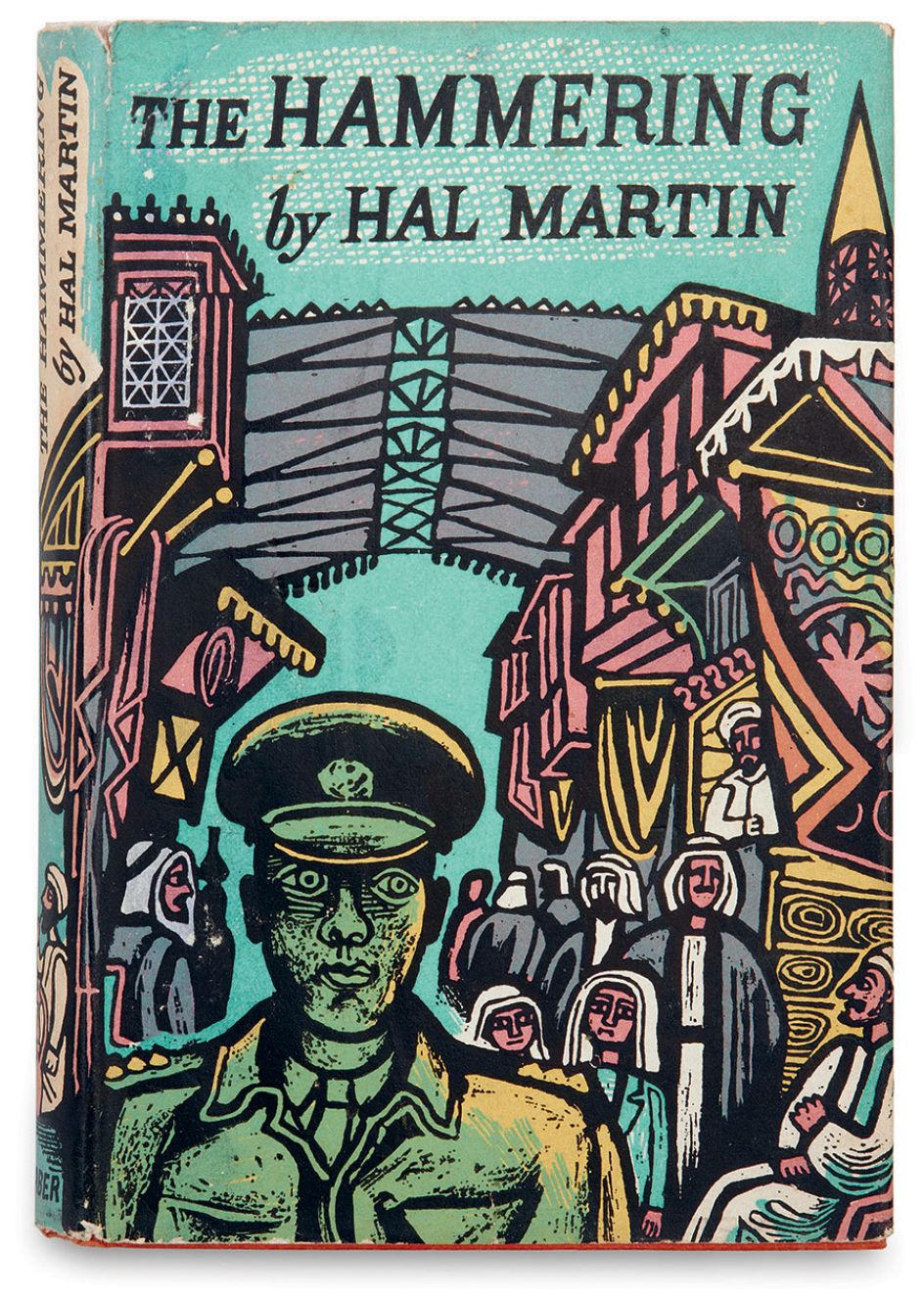
Edward Bawden. The Hammering, Hal Martin. Faber and Faber, 1960 © The Estate of Edward Bawden. Edward Bawden’s prolific output across many areas of fine and applied arts included the design of numerous dust jackets through all of the decades covered by this book. His lino-cutting techniques informed his colour-separation line work, where he would use a knife to scrape away areas of black ink to create texture.
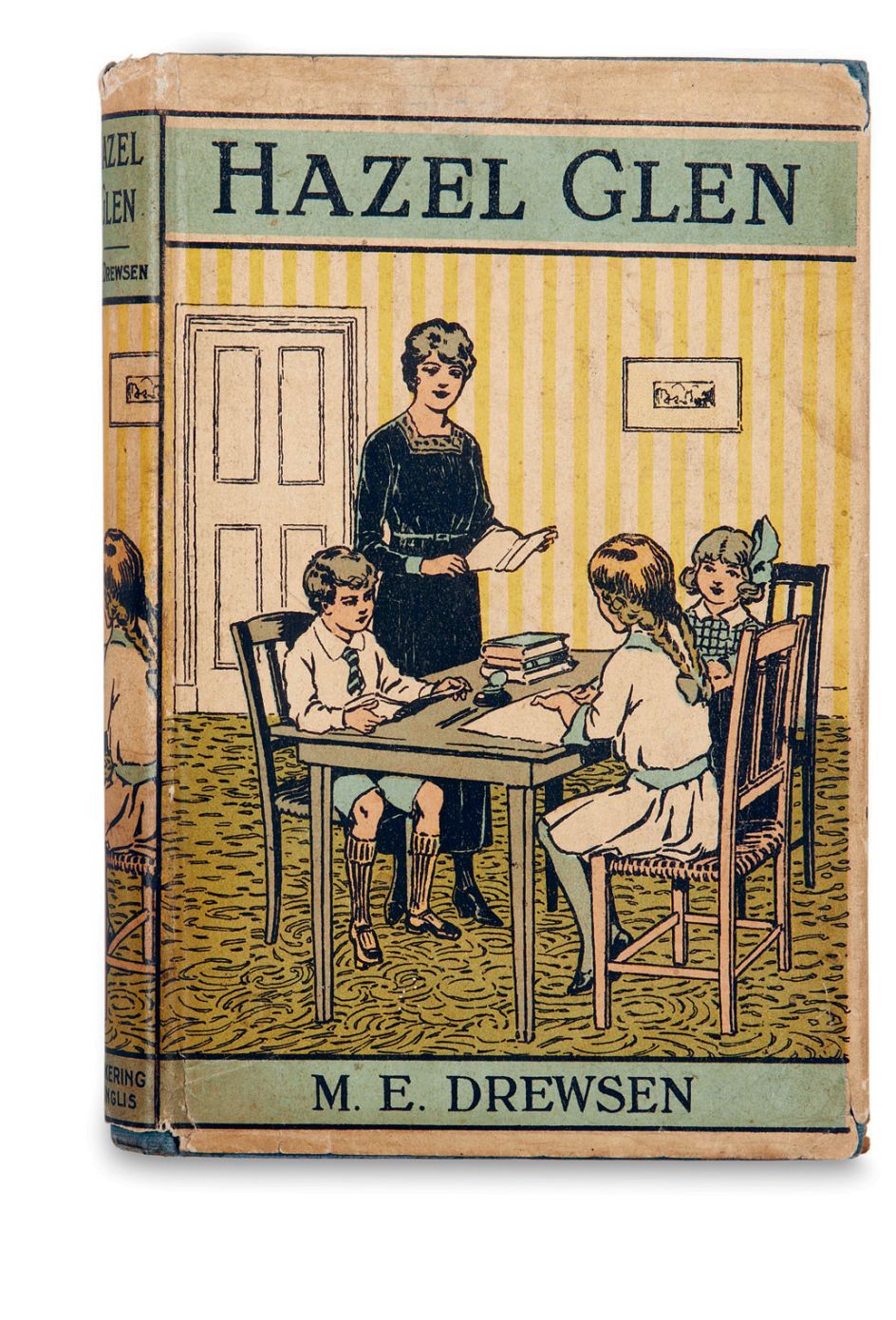
Unknown, Hazel Glen, M. E. Drewsen. Pickering & Inglis, undated. From the collection of Martin Salisbury. Photograph, Simon Pask. Although undated, this Excelsior Library edition for children was published before 1925 and is an early example of a coloured (letterpress line-block separations) narrative illustration as a promotional jacket. A section of image is extracted and repositioned on the spine. The artist is not credited.
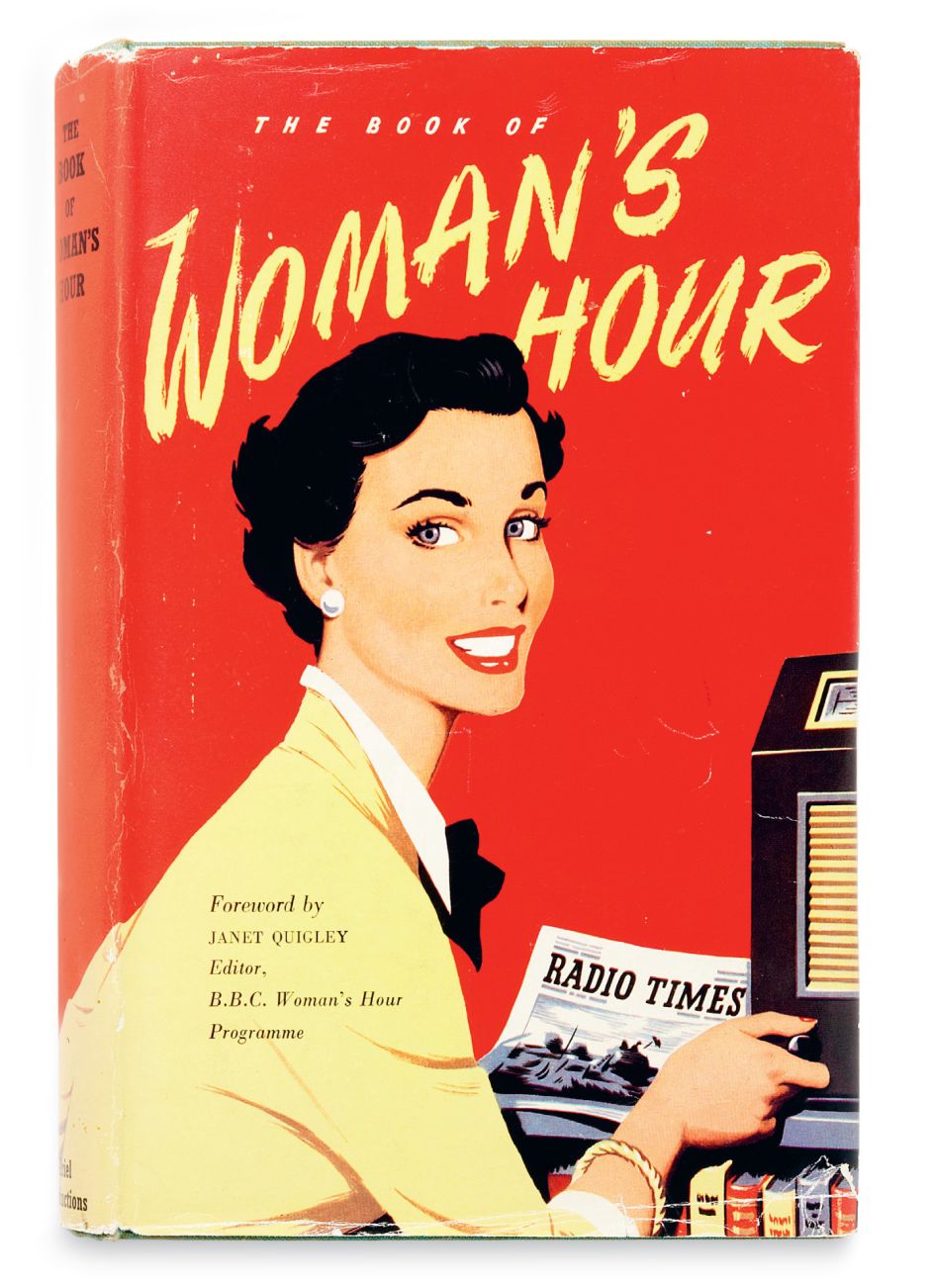
Unknown, The Book of Woman's Hour. Ariel Productions, 1953. From the collection of Martin Salisbury. Photograph, Simon Pask. The BBC radio programme ‘Woman’s Hour’ had a huge audience in 1950s Britain. This related book published by the BBC is filled with top tips for housewives. The cover artist, who would appear to have also been the originator of the playful interior illustrations, is not acknowledged.
. It is difficult to imagine a more appropriate choice than Glaser for the jacket design of Tom Wolfe’s account of late-1960s psychedelic drug culture through the experience of Ken Kesey and the Merry Pranksters.](https://www.creativeboom.com/upload/articles/4b/4bb43da5d1ef7bb054b852b348571106893cb843_944.jpg)
Milton Glaser, The Electric Kool-Aid Acid Test, Tom Wolfe. Farrar, Straus and Giroux, New York, 1968. Reproduction courtesy of Milton Glaser Studio. Collection of Mark Terry/Facsimile Dust Jackets L.L.C. www.dustjackets.com. It is difficult to imagine a more appropriate choice than Glaser for the jacket design of Tom Wolfe’s account of late-1960s psychedelic drug culture through the experience of Ken Kesey and the Merry Pranksters.
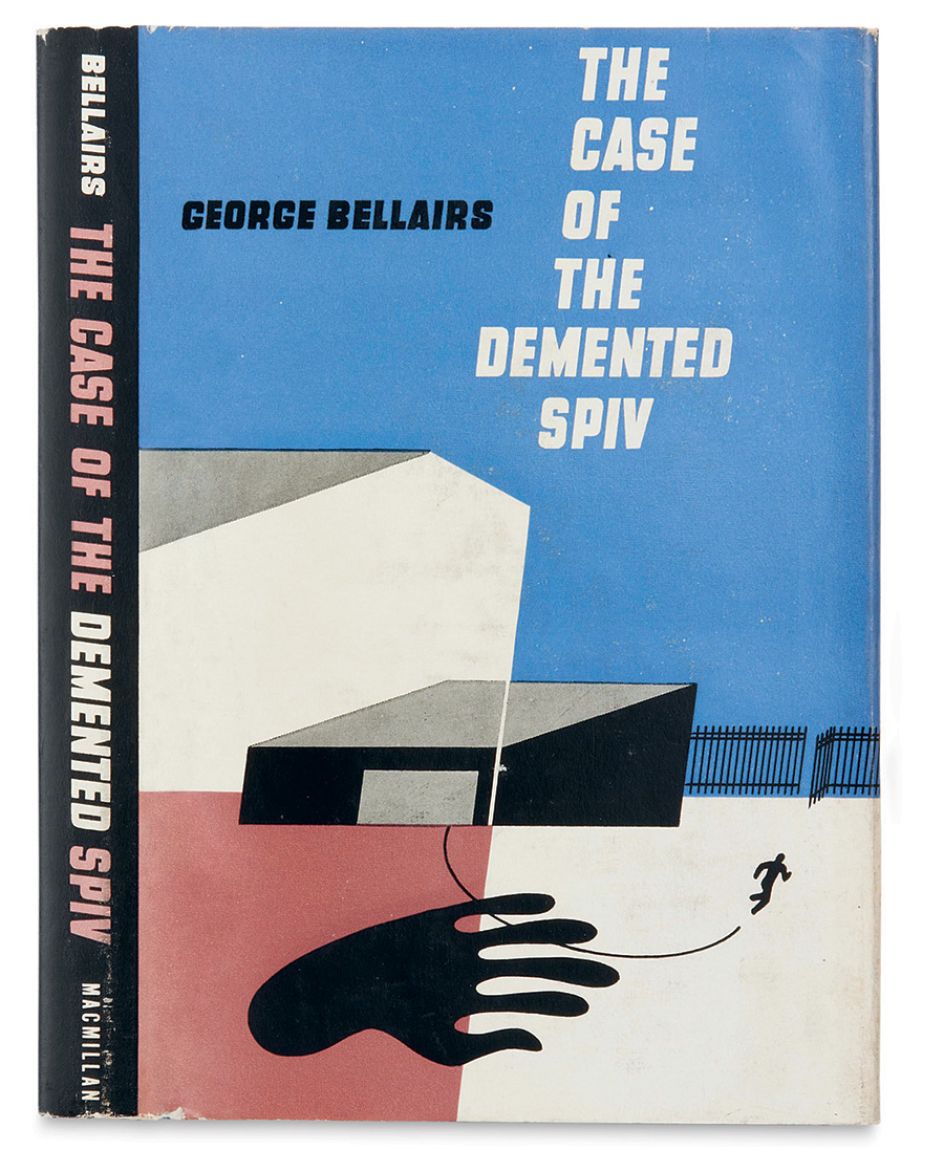
Arthur Hawkins, Jr, The Case of the Demented Spiv, George Bellairs. Macmillan, New York, 1950. © The Estate of Arthur Hawkins, Jr. Created at the end of Hawkins’s career as a dust-jacket designer, this composition for Bellair’s Inspector Littlejohn crime novel shows him adopting modernist techniques with an angular construction of image and text.
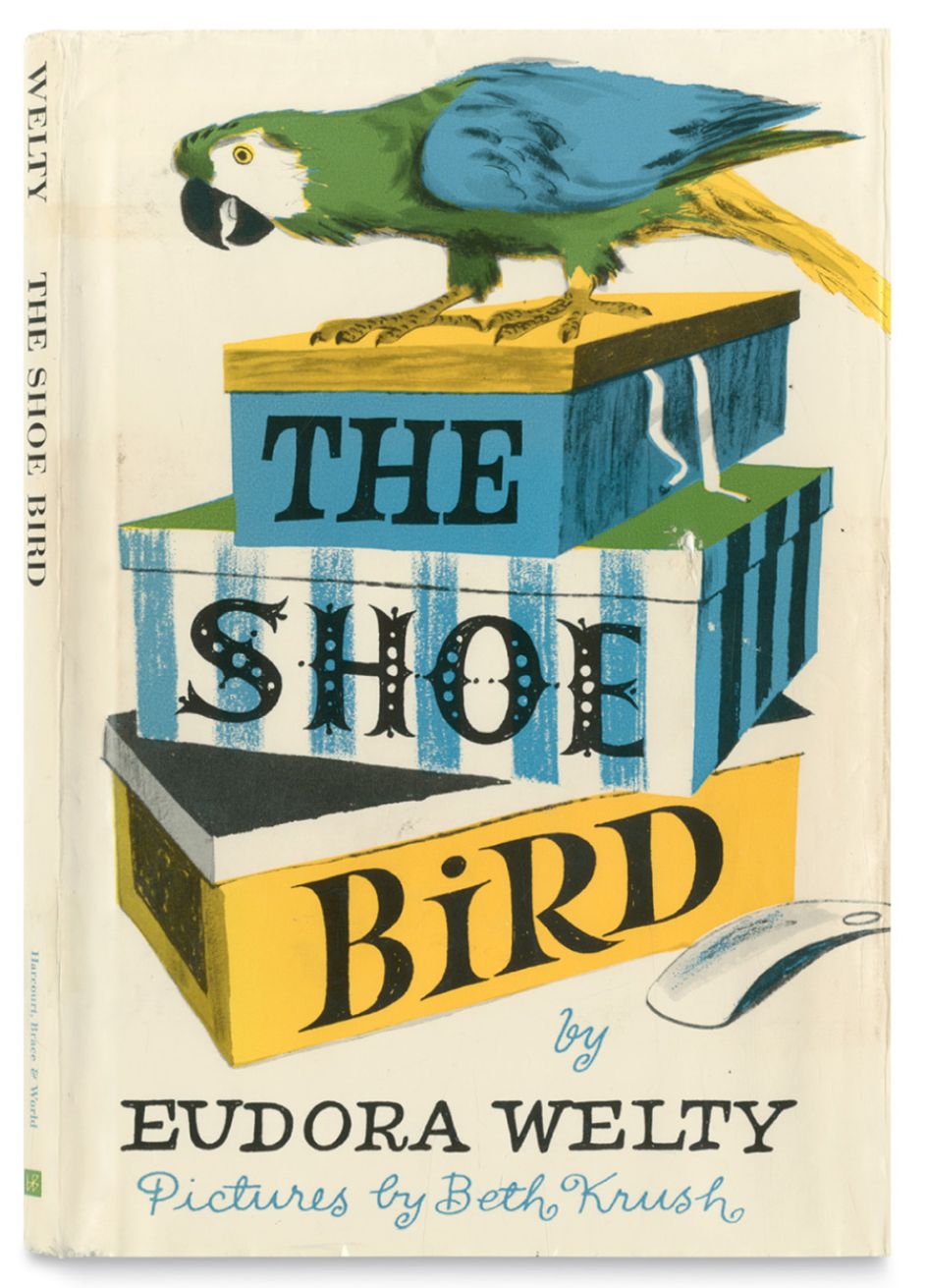
Beth Krush, The Shoe Bird, Eudora Welty. Harcourt, Brace and World, New York, 1964. Photo courtesy Bill Wickham/Wickham Books South, Naples, FL. Eudora Welty’s only book written specifically for children was illustrated throughout by Beth Krush, who also designed the jacket. The use of overprinting to maximise colour separations and the cleverly integrated titles make this a particularly pleasing design.
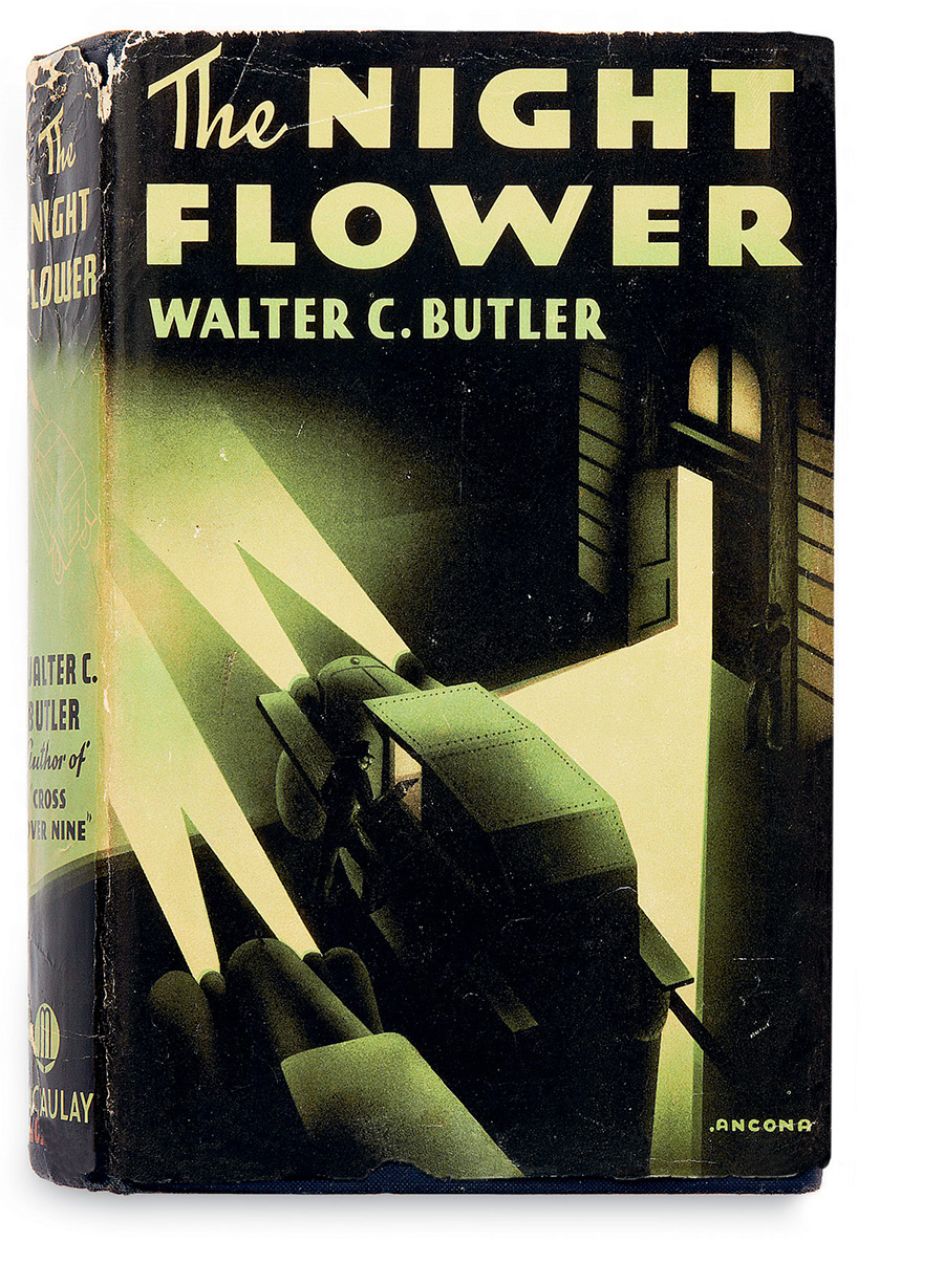
Edward d’Ancona, The Night Flower, Walter C. Butler. The Macaulay Company. New York, 1936. ‘Ancona’ Edward D’Ancona. From the collection of Martin Salisbury. Photograph, Simon Pask. The dramatic use of light and dark by ‘Ancona’ (USA) immediately conveys the information that this is a mystery novel (one of only two written by Frederick Faust under this pseudonym) and echoes the film noir genre of the period.




 by Tüpokompanii](https://www.creativeboom.com/upload/articles/58/58684538770fb5b428dc1882f7a732f153500153_732.jpg)


 using <a href="https://www.ohnotype.co/fonts/obviously" target="_blank">Obviously</a> by Oh No Type Co., Art Director, Brand & Creative—Spotify](https://www.creativeboom.com/upload/articles/6e/6ed31eddc26fa563f213fc76d6993dab9231ffe4_732.jpg)









